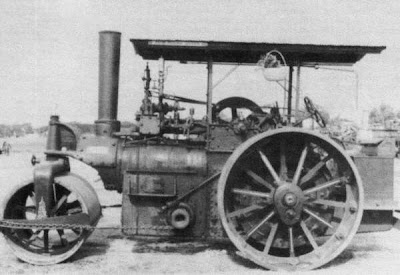But, first, is a picture of the model of our gorgeous set...













Dramaturgical research by Joan Marie Hurwit

 Mississippi Oyster Company in 1912
Mississippi Oyster Company in 1912 Child working in South Carolina in 1912
Child working in South Carolina in 1912 South Carolina in 1912
South Carolina in 1912 Kentucky road in 1916 (I really love this image)
Kentucky road in 1916 (I really love this image) Louisiana family in 1912
Louisiana family in 1912 Louisiana 1912
Louisiana 1912 Mississippi 1912
Mississippi 1912 Oklahoma 1910
Oklahoma 1910 1912
1912 Store front
Store front Massachusetts folk dancing in 1916
Massachusetts folk dancing in 1916 Iowa street in 1910
Iowa street in 1910 Arkansas 1910
Arkansas 1910 Missouri 1910
Missouri 1910 Alabama 1912
Alabama 1912 Arkansas
Arkansas Baltimore, Maryland 1909
Baltimore, Maryland 1909 1910
1910

 A Few Relevant Native American Facts
A Few Relevant Native American Facts 

 This last image is of an Ozark marriage in 1916.
This last image is of an Ozark marriage in 1916. .
.












